Mike Meadows remembers a student he taught English at Prince George’s County Public Schools in Maryland, just about 10 miles outside of Washington, DC. The student was quiet and rarely talked. Meadows worried he wasn’t getting through to her. In a classroom of 30 students, it was easy for her to get lost in the fray.
Meadows class, British Literature, had been working through a unit on Shakespeare, focusing on a less popular play, The Taming of the Shrew. One day he took her aside and talked to her. He remembers it distinctly. He asked her directly about her impression of the play and worked with her as she discovered themes of misogyny, a term she wasn’t even aware existed. Suddenly, the student was motivated; she was a vastly different student. With a bit of individualized attention, it was like he had unlocked a totally different potential.
“Teaching all kids to the same average doesn’t treat them as individual, living, breathing human beings.”
-Mike Meadows
Just a week later that 7th grader turned in a paper that was at a 9th-grade level. Meadows says by treating the student as an individual and not as an “average” student, he was able to tap into what motivated her to learn. It was just one in an endless line of stories like this in Meadows’ career.
“What frustrates me about the traditional public school classroom setting is I don’t believe there are some kids who are smarter than others,” he said. “Teaching all kids to the same average doesn’t treat them as individual, living, breathing human beings.”
This year Meadows is in an environment that approaches learning differently. Mysa School in Washington, a small independent school with an enrollment of just 35 students, focuses learning on what students individually need in order to be successful. That’s a big leap from the middle school Meadow taught at previously that had an enrollment of 1,000 students.
Meadows talks about the new school completely in awe of what he’s seeing. Mysa is designed as a “micro-school” that provides individualized and experiential learning for students ranging from kindergarten through the 12th grade. There are only seven teachers, but all of them teach multiple subjects. Instead of grouping students by grade levels, they are grouped on what is called a “mastery model” that focuses on comprehension and success with the material opposed to the “one size fits all” traditional model. At Mysa, Meadows gets to work closely with students to chart their own learning course, rather than be guided by top-down curricula.
Personalizing Learning
Meadows had always understood the power of individualized learning, but never really “got it’ until he saw what it looked like in real life. It’s hard to imagine, really, he says. Because we’re all so wedded to a version of “school” that we’ve come to know so closely. “It’s hard to think of an alternative to the chalkboards, the lectures, the lesson plans, and state standards.” Meadows was quick to speak praises of the new school. “If a kid seems to not understand the lesson on a particular day I don’t schedule them for the next task that depends on the previous task. I schedule them with another class so they get what they couldn’t get. Or I give them more time,” he says.
Mysa teachers teach to each student’s learning style through personalized learning plans that are tailored to adhere to their unique qualities. According to Meadows, one class might have students of different ages working on the same material. He sees himself as more as a facilitator who “makes prescriptions for learning for what kids need at a certain moment.” In doing so, he tracks the progress of each student and works with them one-on-one to create activities and exercises that bring out the best in them.
This is particularly helpful for quiet students who tend to get lost behind in traditional models, just like the student Meadows remembers from the previous year One such student never participated in class and barely talked. One day when teaching the novel Chesapeake by James Michener, he suggested that the student pick passages from the book to discuss the following day that deviated from the traditional curriculum. The boy’s demeanor changed overnight: “He was super excited. I saw a totally different side of him,” says Meadows. “Once I gave him the tools that worked for him, he figured out how to have a conversation about the text. That’s not the kind of thing you have time or space to do in a traditional public school.”
Discovering Their Own Interpretation
Meadows, 40, received his doctorate in literature from Yale University, which means reading interpretation is a passion he brings into the classroom. But unlike teachers in traditional settings, Meadows does not believe students need to follow a single interpretation of texts. For example, the quiet student studying Chesapeake didn’t choose to write about the characters most curriculums focus on but instead picked a character “who had deep meaning in his life.”
“The idea that there are approved interpretations is something every good English teacher should reject out of hand. What we often do with literature is we filter out things we don’t like or don’t understand or don’t want to know anything about. You can create blind spots for yourself that way,” he says.
The holistic approach of Mysa has helped make Meadows more effective as a teacher, he said. “If you are bored somewhere else, here we give you something that you can have the feeling of success and emotional and intellectual investment,” he said. To reach that point requires close collaboration between teacher and student.
“Some kids work slowly, some quickly. We can work on both paces. It doesn’t matter what order,” he said. “We take however long it takes.”
